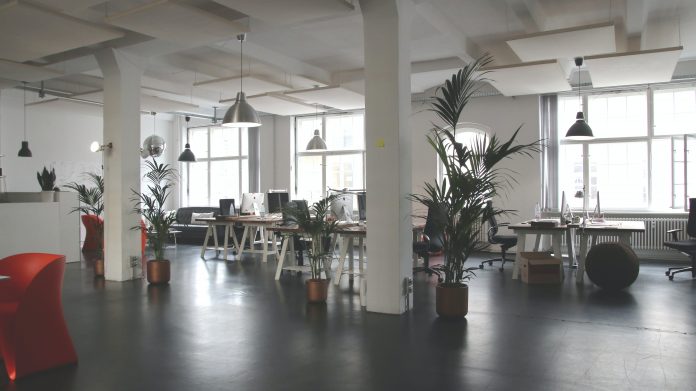Mark Grayston, Head of Product Marketing at Mitsubishi Electric, discusses the intrinsic link between air quality and health in our built environments
Over the course of 2020, many of us will have done a lot of soul searching about the physical environments we spend our time in. Whether through the discovery of an unfound appreciation for your currently inaccessible office, or the realisation that your home isn’t practically set up to be a permanent working hub, the series of national lockdowns has precipitated some serious thinking about the buildings which we occupy daily.
This is an important conversation to be having. There’s a growing awareness in both government, industry and among consumers that our buildings can impact our health and happiness. The built environment sector has a number of standards, like WELL and Fitwel, that acknowledge this and are specifically designed to help guide the creation of spaces with the well-being of occupants at their core.
While this link between buildings and personal welfare is being increasingly explored, this national dialogue often overlooks one extremely important point. Specifically, the quality of the air we breathe inside our homes and offices.
Unlike the scrutiny that has – quite rightly – been placed on external pollutants and urban air quality in recent years, indoor air quality (IAQ) remains a relatively unexplored topic. The worrying truth is that the quality of the air we breathe in our homes and offices can be worse than many of us truly understand. This, in turn, can have material implications on our well-being and ability to operate at optimum levels.
As many of us look to the year ahead and think about how, and where, we’ll be working in 2021, internal air quality must be placed at the heart of conversations about our built environments. In this article, we explore why the question of good IAQ is so key.
What’s so important about good air quality?
This might not be so surprising after nearly a year of being locked down, but we spend around 92% of our lives indoors. Much of this time, in a typical year, is spent in office buildings where the levels of pollutants can be two to five times higher indoors than outdoors. And yet, indoor areas often aren’t held up to the same level of scrutiny and analysis as external ones.
This situation is worsening due to growing urbanisation, where the UK’s cities continue to expand as hubs for employment and living. This results in more densely built areas and higher levels of emissions from the transport needed to propel these growing populations around.
The need to grow and maintain these cities has also led to us being surrounded by harmful chemicals. Volatile Organic Compounds (VOCs) are everywhere; from the fabric of our offices – due to the materials used to build the actual space – to the furniture we work on and the clothes we wear. This is in addition to the cleaning products used to sanitise our workstations at the end of the day.
Poor indoor air quality can not only impact the physical health of occupants but can also impact how well they perform and how productive they can be.
Looking at this alongside the host of new building regulations that require greater airtightness in buildings, it’s clear that there is a compelling case for improving the quality of air in the spaces we occupy.
How can we improve the quality of air in our buildings?
In short, the key to maintaining good indoor air quality is removing polluted air from a building and replacing it with fresh, filtered air. Sounds simple, but without the right kind of guidance, this is often overlooked.
Mechanical ventilation with heat recovery (MVHR) can transfer an average of 80% of the energy or often more, from outgoing stale air to heat incoming fresh air, which means less energy is required to heat the building compared to non-heat recovering ventilation systems. When paired with building management systems, this can also be used to regulate air flow throughout an entire building.
Mechanical ventilation can also deliver a slow but constant movement of air throughout the building, unlike natural ventilation, which delivers uncontrolled air supply.
Any air flow management should also be looked at alongside a system of sensors, designed to pick up on fluctuating in-building environmental conditions and thereby improve air quality. These are especially useful as a built environment can change, and the conditions and requirements within buildings can evolve.
Placing IAQ at the heart of the conversation around well-being
What all this serves to underline is just how key indoor air quality is, and how it should be placed at the heart of these conversations around buildings and well-being. While those who own and run buildings are focusing on measures to slowdown the virus, such as introducing sanitising stations, one-way systems and partitions to offices, high street stores, pubs and gyms, it’s vital that we – as a nation – don’t overlook this opportunity to significantly increase the amount of fresh air being brought into structures. This current scrutiny on improving our internal environments should include fundamentally boosting air quality in buildings too.
With a host of benefits associated with improving indoor air quality, from better health and well-being, as well as improved efficiency, this is a move that we will all profoundly gain from too.












As an Independent Consultant all these issues are important for me; I am still involved in a wide range of activities related within Green Deal in Portugal, EU, teaching and some disseminations actions addressed to Industrial Companies.